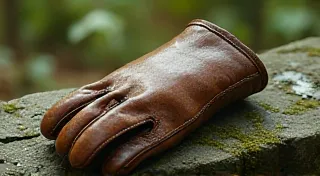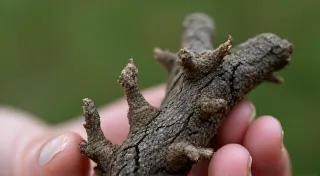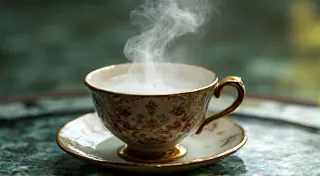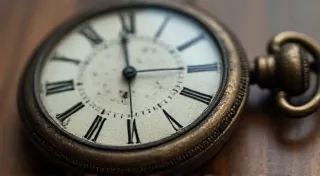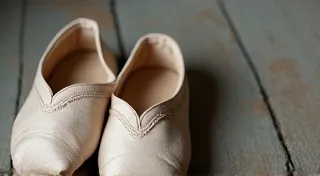The Collector's Vigil: Preserving the Legacy of Forgotten Accordion Makers
There’s a quiet reverence that settles when you hold an antique accordion. It’s more than just the weight of the instrument, the cold press of metal against your hands. It's the weight of history, the echo of a maker’s intention, the faint ghost of melodies played long ago. We often celebrate the Steinways of the accordion world, the Hohner Masters and the Scandias, rightly so. But what of the smaller workshops, the regional artisans, the names barely whispered in collector’s circles? Their accordions, often bearing the marks of ingenious problem-solving and regional influence, are slipping from memory, and with them, a vital piece of musical heritage.
My own journey into this world began, not with a grand ambition to collect, but with a simple curiosity. I found a dilapidated accordion at a flea market – a name I couldn’t recognize, “Lemaire,” etched into the bellows. It was badly neglected, its reeds stubbornly silent, its leather cracked and brittle. There was a certain sadness to it, the palpable feeling of abandonment. I bought it for a handful of dollars, driven not by a desire to restore it, but by a yearning to understand it.
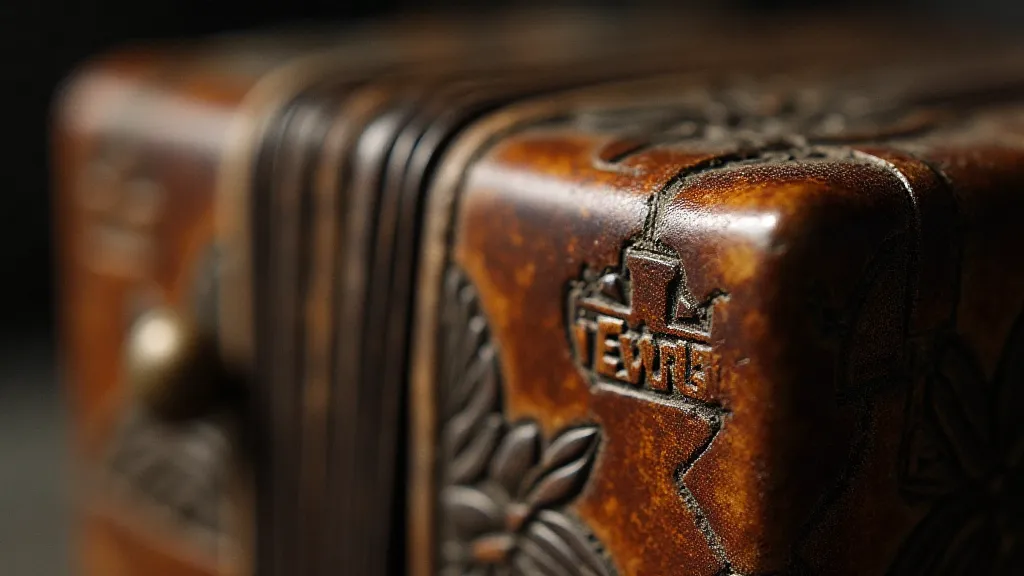
The Unsung Artisans
Researching Lemaire proved surprisingly difficult. No online database yielded results. The name didn't appear in any of the major accordion histories I possessed. It was a frustrating, yet exhilarating, hunt. I started piecing together clues: a local newspaper advertisement from the 1930s mentioning a "Lemaire Accordions, Main Street," a faded label indicating a city in eastern France. Eventually, I discovered that Antoine Lemaire was a small-scale accordion maker, operating from a modest workshop and serving a local clientele. He wasn't aiming for international renown, but for the satisfaction of crafting instruments that brought joy to his community.
This experience ignited a passion. I began to seek out other “forgotten” makers – names like Bazin, Girard, and several small workshops in the Italian Dolomites. These weren’t just accordion factories; they were family enterprises, often passed down through generations. Each maker had their own techniques, their own quirks. The accordions they produced tell stories of regional traditions, of available materials, and of the ingenuity born from necessity. They reflect the musical tastes of their era – from the lively polkas of Central Europe to the romantic melodies of early 20th-century France. The complexity of unraveling a history, meticulously following fragmented clues, really underscored the importance of documenting these instruments' past. It’s a detective story of sorts, and sometimes, a missing piece can unlock a deeper understanding of its significance. Occasionally, the process involves painstaking analysis to understand the origin and authenticity – a true exercise in deconstructing a damaged accordion’s provenance, revealing layers of history often concealed within the instrument itself.
The Dance of Craftsmanship
Restoring antique accordions isn't merely about replacing worn parts; it's about understanding the original construction, the maker’s intended function, and the materials available at the time. Often, these early accordions employed ingenious solutions to common problems. Bellows might be made of uniquely prepared goatskin, reeds meticulously tuned to mimic the timbre of a human voice, and keys fashioned from locally sourced hardwoods. The level of detail is astonishing, demonstrating a level of care and dedication that is rarely seen in mass-produced instruments today.
Consider the reeds, for example. A modern factory might use identical blanks, stamped and shaped by machine. The artisan, however, would hand-tune each reed, adjusting its shape and thickness to achieve a precise tonal quality. This subtle difference can dramatically alter the instrument's character, giving it a unique and expressive voice. The nuances of these restoration processes often go beyond the purely mechanical. They touch upon a deeper, almost emotional resonance – the feeling one gets from breathing new life into a piece of history. Understanding these underlying emotions, connecting with the spirit of the original maker, can fundamentally shape the emotional resonance of a finished restoration.
The restoration process itself is a delicate dance. Sometimes, a part can be replaced with a commercially available substitute. Other times, a missing piece must be painstakingly recreated from scratch, relying on historical photographs, maker’s marks, and educated guesswork. It’s a process that demands patience, skill, and a deep respect for the original craft. The condition of the bellows, in particular, frequently dictates the overall difficulty of the project. Cracks and deterioration aren’t simply cosmetic issues; they often represent a hidden history – the experiences the accordion has endured. Those subtle imperfections, those barely perceptible signs of age, can tell a remarkable story, a chronicle of travels and performances. It’s like deciphering the narrative etched into the wood and leather, uncovering what truly happened in the hands of previous owners. The story held within those aged bellows truly speaks to unearthing stories in cracked bellows, revealing a connection to a bygone era.
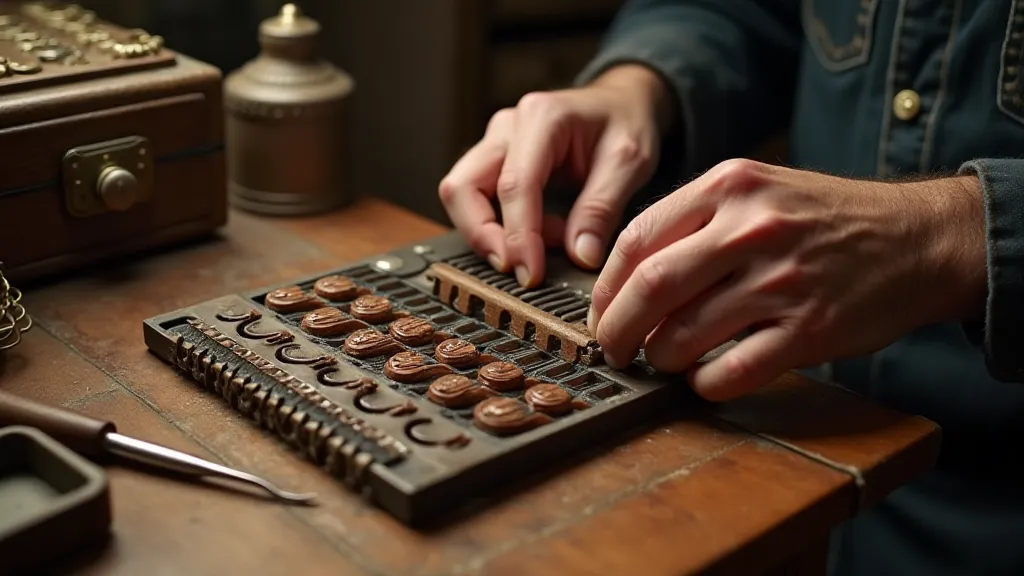
More Than Just an Instrument
Collecting and restoring antique accordions is, at its core, an act of preservation. We're not just saving pieces of wood and metal; we're safeguarding the stories they hold. Each accordion is a time capsule, a tangible link to a bygone era. Imagine the hands that played it - the street musician, the village wedding band, the traveling entertainer. Who heard the music, and what memories were created?
The rise of digital music and mass-produced instruments has, unfortunately, diminished the appreciation for these handcrafted treasures. It’s a tragic loss, not just for musicians, but for anyone who values artistry and history. We risk losing not only the instruments themselves, but the cultural heritage they represent.
A Growing Community of Stewards
Thankfully, there's a growing community of collectors, restorers, and enthusiasts dedicated to preserving these forgotten instruments. Online forums, specialized repair shops, and antique instrument auctions are bringing together individuals who share a passion for antique accordions. Sharing knowledge, swapping parts, and documenting restoration projects are vital to ensuring that these treasures survive for future generations.
My own experience with the Lemaire accordion has been profoundly rewarding. It’s now a fully functional instrument, capable of producing a surprisingly rich and evocative sound. But more importantly, it serves as a constant reminder of the dedication and ingenuity of a small-town artisan who poured his heart and soul into his craft. It's a privilege to be a steward of that legacy.
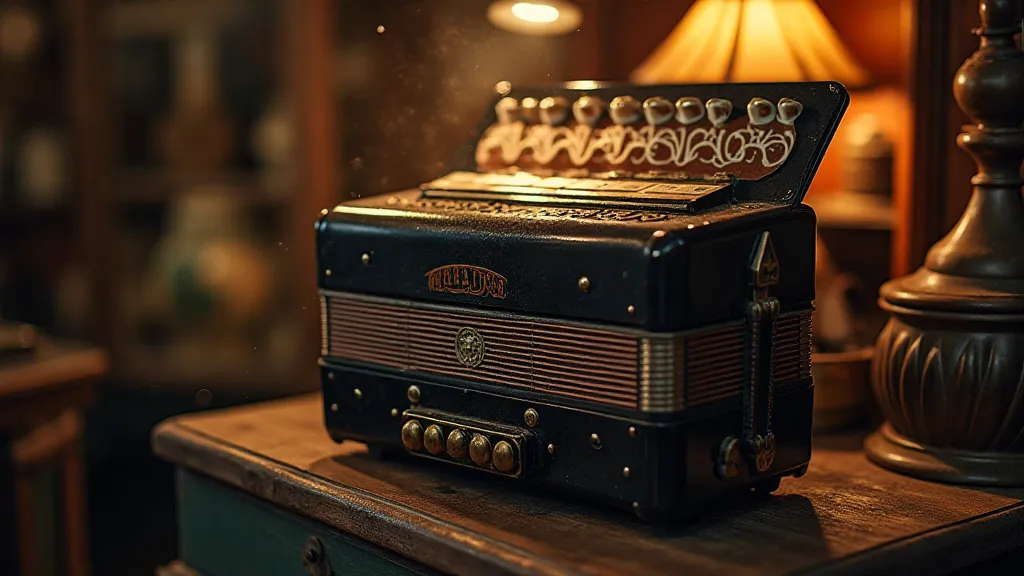
The future of these instruments rests with us. By celebrating their unique history, documenting their construction, and sharing our knowledge, we can ensure that the music of forgotten accordion makers continues to resonate for generations to come. It's a vigil we must all embrace, a commitment to preserving the legacy of these extraordinary creations. The significance of these details and markings is truly remarkable, often requiring specialized knowledge to fully interpret. Sometimes, even the most experienced professionals find themselves captivated by the secrets that lie hidden within these instruments. It's a continual process of discovery, uncovering new insights with each examination. Those subtle clues can unlock a deeper understanding of the accordion's history and origin. This pursuit often requires meticulous observation and a keen eye for detail, similar to what might be found in the conservatory's secret: discovering unseen markings on antique accordions.
The preservation of these instruments is not merely an act of technical restoration; it's a commitment to safeguarding a vital piece of cultural heritage. Each accordion represents countless hours of skilled craftsmanship, the culmination of generations of tradition. It’s a tangible link to a time when music was an integral part of daily life, when instruments were cherished possessions, and when the joy of making music was shared amongst communities. The stories these instruments hold are invaluable, and we have a responsibility to ensure that they continue to be heard for generations to come. The sheer volume of detail and history embedded within these instruments is often staggering, requiring a deep dive into archives and consultations with experts. It’s a complex undertaking, but the rewards are immeasurable. The emotional and cultural significance of these instruments are often underestimated, but they represent more than just a collection of parts – they are vessels of memory and heritage. They stand as testaments to human ingenuity and creativity, and they deserve to be treated with the respect and care they deserve.
The passion and dedication of the individuals involved in preserving these instruments are truly inspiring. Collectors, restorers, and enthusiasts from around the world are collaborating to share knowledge, swap parts, and document restoration projects. Online forums and specialized repair shops are providing platforms for this community to connect and support each other. It is a testament to the power of shared passion and the importance of preserving cultural heritage.
